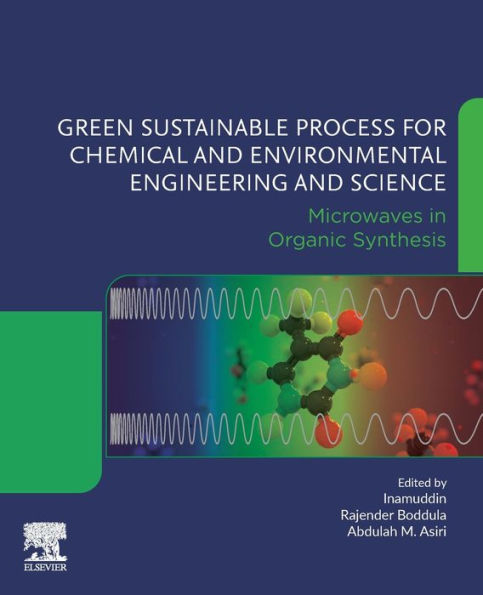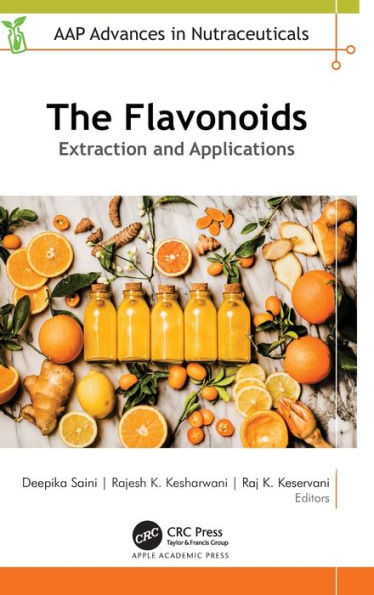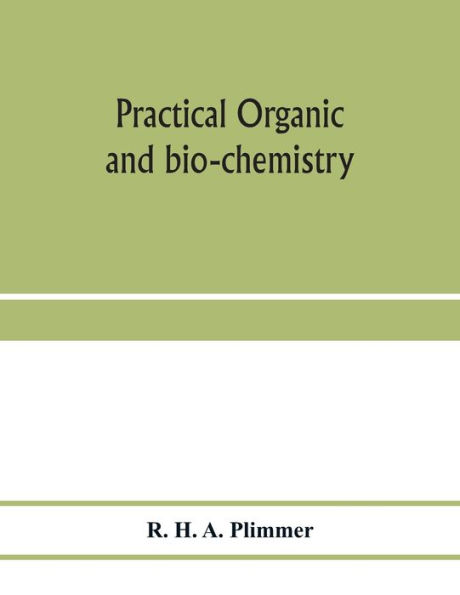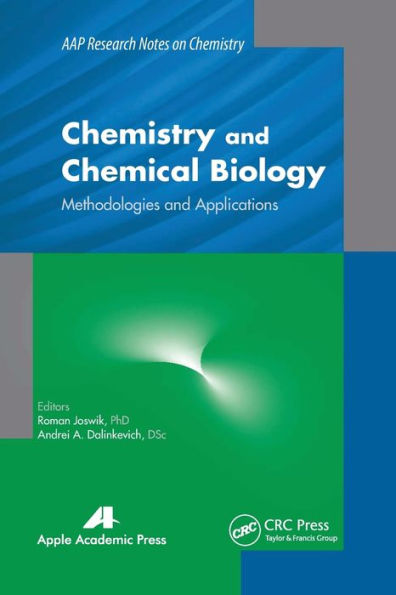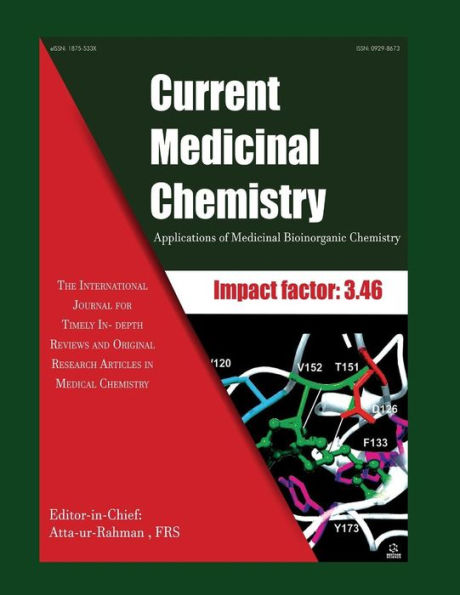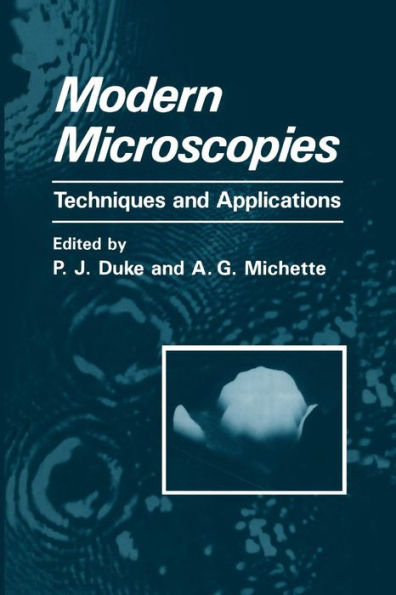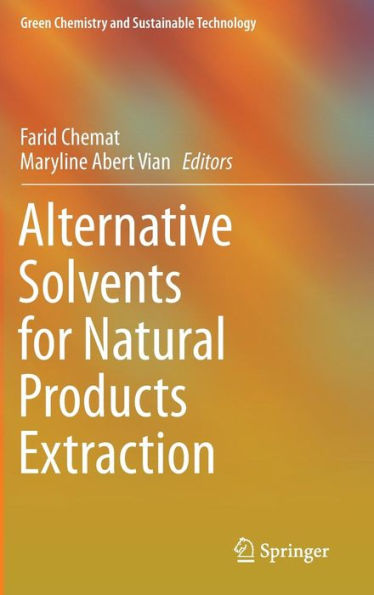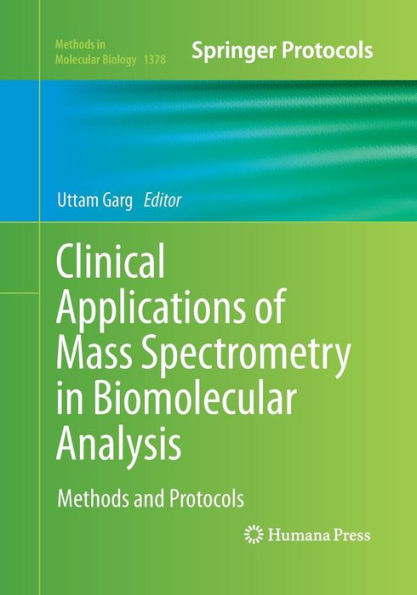Home
Microwave-assisted Extraction for Bioactive Compounds: Theory and Practice
Loading Inventory...
Barnes and Noble
Microwave-assisted Extraction for Bioactive Compounds: Theory and Practice
Current price: $109.99
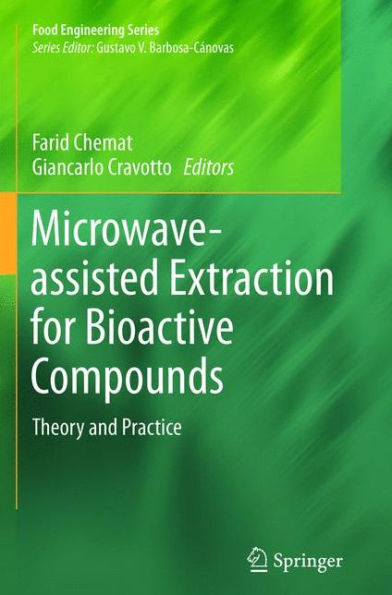

Barnes and Noble
Microwave-assisted Extraction for Bioactive Compounds: Theory and Practice
Current price: $109.99
Loading Inventory...
Size: Hardcover
*Product Information may vary - to confirm product availability, pricing, and additional information please contact Barnes and Noble
With increasing energy prices and the drive to reduce CO2 emissions, food industries are challenged to find new technologies in order to reduce energy consumption, to meet legal requirements on emissions, product/process safety and control, and for cost reduction and increased quality as well as functionality. Extraction is one of the promising innovation themes that could contribute to sustainable growth in the chemical and food industries. For example, existing extraction technologies have considerable technological and scientific bottlenecks to overcome, such as often requiring up to 50% of investments in a new plant and more than 70% of total process energy used in food, fine chemicals and pharmaceutical industries. These shortcomings have led to the consideration of the use of new "green" techniques in extraction, which typically use less solvent and energy, such as microwave extraction. Extraction under extreme or non-classical conditions is currently a dynamically developing area in applied research and industry. Using microwaves, extraction and distillation can now be completed in minutes instead of hours with high reproducibility, reducing the consumption of solvent, simplifying manipulation and work-up, giving higher purity of the final product, eliminating post-treatment of waste water and consuming only a fraction of the energy normally needed for a conventional extraction method. Several classes of compounds such as essential oils, aromas, anti-oxidants, pigments, colours, fats and oils, carbohydrates, and other bioactive compounds have been extracted efficiently from a variety of matrices (mainly animal tissues, food, and plant materials). The advantages of using microwave energy, which is a non-contact heat source, includes more effective heating, faster energy transfer, reduced thermal gradients, selective heating, reduced equipment size, faster response to process heating control, faster start-up, increased production, and elimination of process steps. This book will present a complete picture of the current knowledge on microwave-assisted extraction (MAE) of bioactive compounds from food and natural products. It will provide the necessary theoretical background and details about extraction by microwaves, including information on the technique, the mechanism, prools, industrial applications, safety precautions, and environmental impacts.

